During Fall Semester, 2015, University of Utah graduate students in SPAN6900-2 Analyzing Texts: Form and Content visited Rare Books. During the third and final session with Rare Books, the students were introduced to late 20th century/early 21st century fine press and artists’ books. The session ended with the premiere viewing of our copy of DOC/UNDOC Documentado/Undocumented Ars Shamánica Performática, purchased in September. Student response was so strong that managing curator Luise Poulton, in her typical, over-enthusiastic way, exclaimed, “You should post your thoughts on Open Book!” Prof. Isabel Dulfano, in her own enthusiastic way, immediately took up the suggestion and made this a new assignment, right then and there. Bless the beleaguered grad students! Rare Books is pleased to present these responses, one post at a time, beginning with comments from Dr. Dulfano.
Introduction
Isabel Dulfano, Ph.D
Associate Professor of Spanish, The University of Utah
This commentary tells the story of how our class came to view the artist book, DOC/UNDOC Documentado/Undocumented Ars Shamánica Performática (2014, Moving Parts Press) by Guillermo Gomez Peña, Jennifer González and Felicia Rice at the Rare Books Department in the University of Utah’s J. Willard Marriott Library. Our reading of this extraordinary, groundbreaking book object came as the culmination of our interrogation of form and content of literary works during a class called “Analyzing Texts: Form and Content.”
During three library sessions, Luise Poulton, Managing Curator of Rare Books, provided an eclectic sampling of Latin American-themed pieces for the students to peruse, inspect, handle, and consider. Touching and examining a wide variety of books from over a 600-year period turned literary analysis into a visceral as well as intellectual practice. Luise challenged us to think about the history of books, from technological milestones and inventions, to the conceptual remapping and physical reshaping of the concept of book over time.
Webster’s Dictionary defines books as “a handwritten or printed work of fiction or nonfiction, usually on sheets of paper fastened or bound together within covers” as well as a “division of a literary work.” However the artist book transforms a known form of the book, “which once toyed with, interrogated, or in any way manipulated, reveals itself as a complex composition, a work produced, upon reading, by the orchestration of its parts” (Rossman 10). Artists’ books rely on the reader’s operation of the component parts in a continuously generative process, which pushes the limits of what literary analysis may have to take into account in the contemporary world.
The first of three meetings in the Rare Books Classroom began with the hands-on display of original and facsimile copies of classic canonical texts, masterfully printed at the time of inscription and in the distinctive style of the individual printing press. Titles by Bartolomé de las Casas and Hernan Cortés or the Codex Ixtlilxochitl revealed historical and ethnographic information that maintained conventional print production formats and content appropriate to known genres. Acknowledging books as one of the principle forms of documentation used to convey and disseminate ideas, we queried the relationship between the use of a medium (stone, parchment, scroll, codex, manuscript, printed bound book) and its’ content (genre, message, symbols, themes, subject/stylistics) in these celebrated texts.
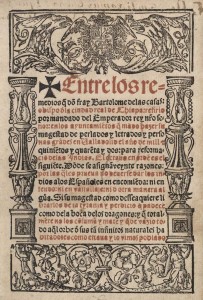
Entre los remedios q do Fray Bartolome de Las Casas, 1552
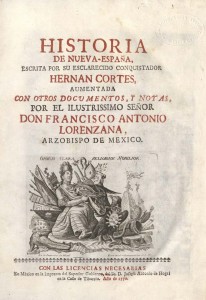
Historia de Nueva-Espana, 1770
The next sessions shifted in time to the late Baroque/Enlightenment period through the late XIXth century, eventually reaching the present-day. A gradual disruption of structure (physical and conceptual) followed this chronological timeline. Older documents were logical in their coherence and assemblage, adhering to what Johanna Drucker identifies as the two fundamental structural elements of a book: finitude and sequence (257). Sequence “participates in the distribution of elements into an organized system where location helps provide access” (258 Drucker). A hybrid book includes language and image (text, type, and format) to tell a story, which challenges conventional notions of sequence. The resulting fragmentation in the articulation of narrative sequence provides an “integral part of its meaning” (Drucker 262).
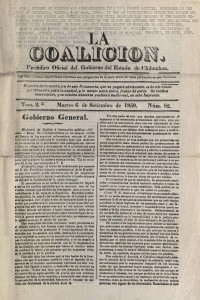
Gobierno General, 1859
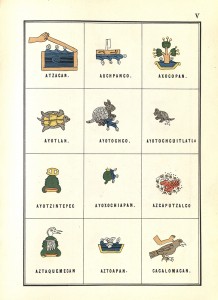
Nombres geograficos de Mexico, 1885
Contemporary ouevres may appeal partially to traditional literary print formats by utilizing canonical forms as at least one component, however simultaneously they reject the limitations and conventional parameters implicit in a manuscript. Modern works disavow orthodox arrangement, organization or configuration. Some recent examples even repudiate documentation aligned with the standard regimented form of a bounded print book, and instead experiment with democratizing form and defamiliarization techniques (McVarish, 2008). Many deconstruct authorial privilege, since the reader operates and manipulates the text to produce meaning. As Jae Jennifer Rossman points out “in artist’s books the hallmark of the medium is endowing the physical attributes of the book with part of the message” (86), thereby interleaving form and content inextricably together. The artist book uniquely transmits message through myriad surfaces, spaces, materials, concepts, and sequences.
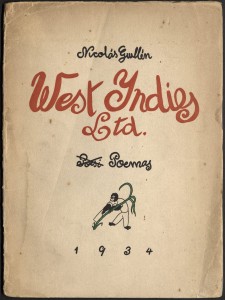
West Indies, Ltd., 1934
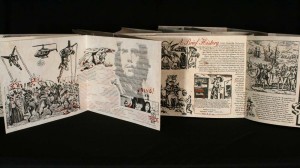
Codex Espangliensis, 1998
As literary critics and scholars of literature we are engaged in the practice of approaching, analyzing and appraising literature, as well as instructing students to do the same. The act of literary criticism is a technical and esthetic evaluation of the oral and written forms of articulation of narrative sequence, discourse, and message of an author’s perspective on the human condition and spirit. It is based on certain known principles, outlined originally by Greco-Roman intellectuals in the Western tradition. The utilization of the tools of this trade, such as identification of, and interpretation of, structural elements or rhetorical and literary devices has taken place since Aristotle. Literary analysis involves a process of extracting meaning from literature, a word derived from the Latin littera, referring to an esthetic represented in written documents of one type or another. The book manuscript, principal medium used for conveying and disseminating ideas, especially in the Leporello and Concertina style, have served as the predominant Western medium for millennia.
In this class, we were able to witness the evolution of book formats as the concept passed through multiple permutations from scroll and parchment to bounded manuscript to the extreme case of DOC/UNDOC housed in a suitcase, with multimedia such as: “A traveling case for apprentice shamans, A reliquary for imaginary saints, A toolbox for self-transformation, A quiet call to heal yourself with fetishes and antidotes, A border kit to face the uncertainty of future crossings.” In fact, in DOC/UNDOC the abundant mixed media, hybridity of language and image, amalgamation of a hand-written contemporary codex, interactive suitcase with mirrors and paraphernalia, CD, and DVD video of (director, writer, performance artist, activist, and docent) Guillermo Gomez Peña’s Daliesque performance, destabilizes our quotidian understanding of the process of documentation. Many features of Doc/Undoc insist on deviation from the typical privileged form of written, sequenced, and finitely orchestrated communication.
In this manner it participates in what The Bonefolder, a journal dedicated to book artists, describes as the constant “challenge of defining art and craft, looking to the past for tradition and forward for new possibilities” (Fox, Krause, & Simmons 2009). As a consequence, the auto-referential title of Doc/Undoc is explored thematically and structurally to demystify the legal, political, literary, and philosophical ramifications of being documented or not having documentation. The outcome of this creation sui generis raises a host of questions about how to read, what reading is, what literature is, identity, genre, legitimate/illegitimacy, forms of documentation, the role of readers, and the mutability of the authorial/director’s hand that remain unresolved.
The history of literature begins with the history of writing. Analysis emerges as individuals start to engage in the interpretation and valuation of literary works. We have analytical tools that enrich and expand our comprehension of the informative, communicative, linguistic, stylistic, and aesthetic components of a literary work. For instance, we can determine the genre of a given oeuvre; or try to discern the author or oeuvres’ intention with respect to art for art’s sake, didactic/instructive ends, or postulation of an engagé committed message. These are rudimentary points of departure in analysis, yet as literature evolves, and documentation itself is brought into question, the entire repertoire of analytic tools will be needed in order to grapple with the changing format, structure and content.
Our interactions, alias sessions in Rare Books, with “books” from pre-conquest Latin America to more modern examples forced the class to think about literary analysis in a whole new manner rarely addressed in standard textbooks. Bringing home the very concrete, tangible aspect of a book, through our physical engagement, incited a distinct appreciation of the knowledge and wonder incarnate in hard copy, electronic, virtual, artists’ books or otherwise. Our task was to unlock their universe by questioning the implications of the form and meaning – the how and what – of their documentation or lack thereof. Coincidentally, DOC/UNDOC invites the reader to participate in a similar kind of intellectual endeavor; the analysis and reading of a provocative revalorization of the act of documentation in the twenty-first century.
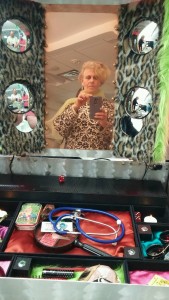
Drucker, Johanna, Granary Books, and Press Collection. The Century of Artists’ Books. 2nd ed. 2004: 257-285. Print.
Fox, A., Krause, D., and Simmons, S.K. (Fall 2009),The Hybrid Book: Intersection and Intermedia,The Bonefinder: An e- Journal For The Book Binder And The Book Artist,Volume 6, Number 1. Retrieved Dec.4, 2015 from http://digilib.syr.edu/cgi-bin/showfile.exe?CISOROOT=/bonefolder&CISOPTR=76&filename=78.pdf
Gómez-Peña, Guillermo, Rice, Felicia, Vazquez, Gustavo, González, Jennifer A., Watkins, Zachary, and Moving Parts Press, Publisher. DOC/UNDOC : Documentado/Undocumented Ars Shamánica Performática. 2014. Print.
McVarish, Emily. (Autumn 2008). Artist books Mimeo Mimeo No. 2 Jed Birmingham and Kyle Schlesinger
Rossman, Jae Jennifer. 2010. Documentary Evidence: The Aura of Veracity in Artists’ Book. In Walkup, Kathy., and Grolier Club. Hand, Voice & Vision: Artists’ Books from Women’s Studio Workshop 2010. Print.
Coming soon: Response from Sam DeMonja

Like this:
Like Loading...
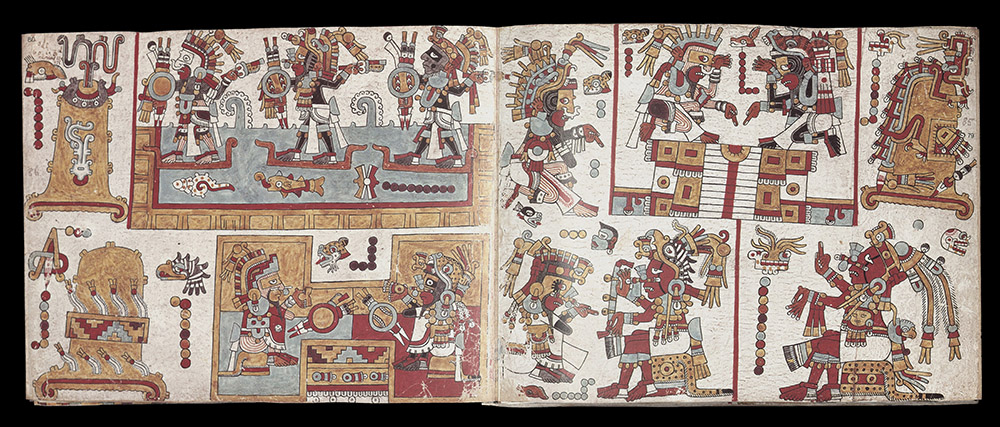
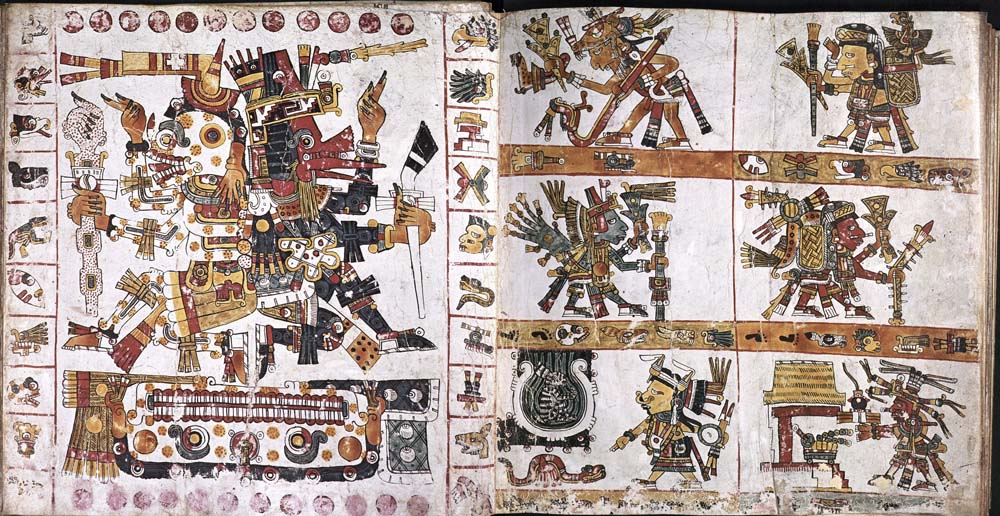
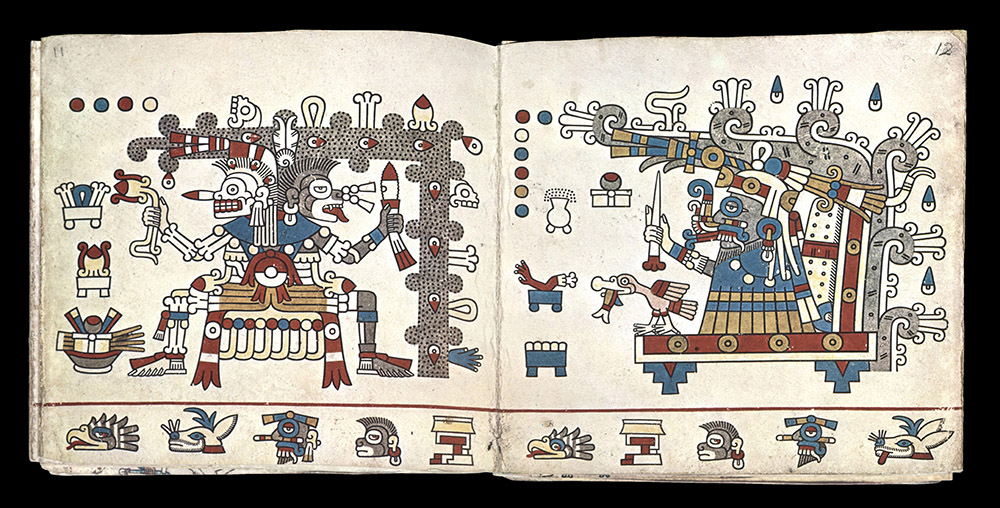

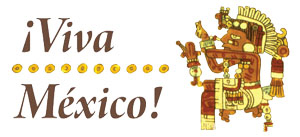
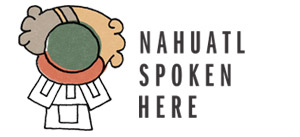
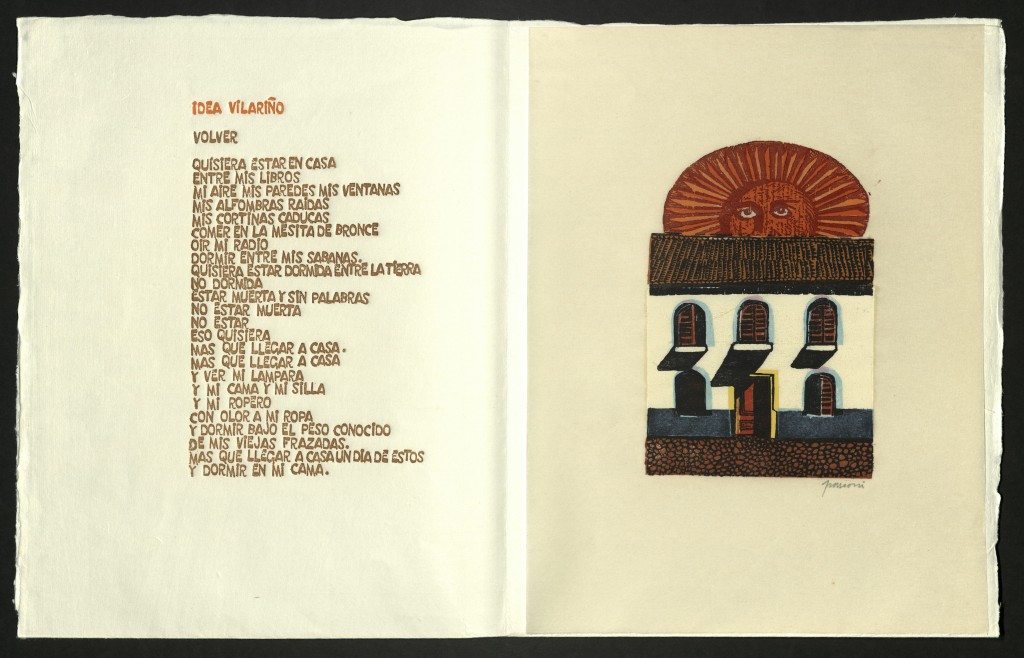
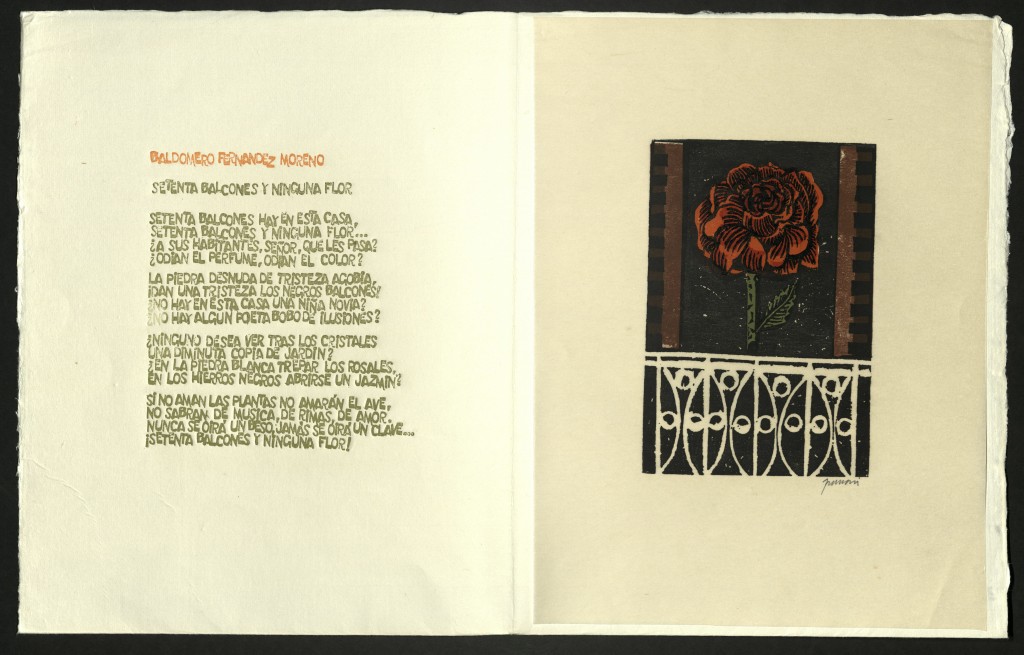
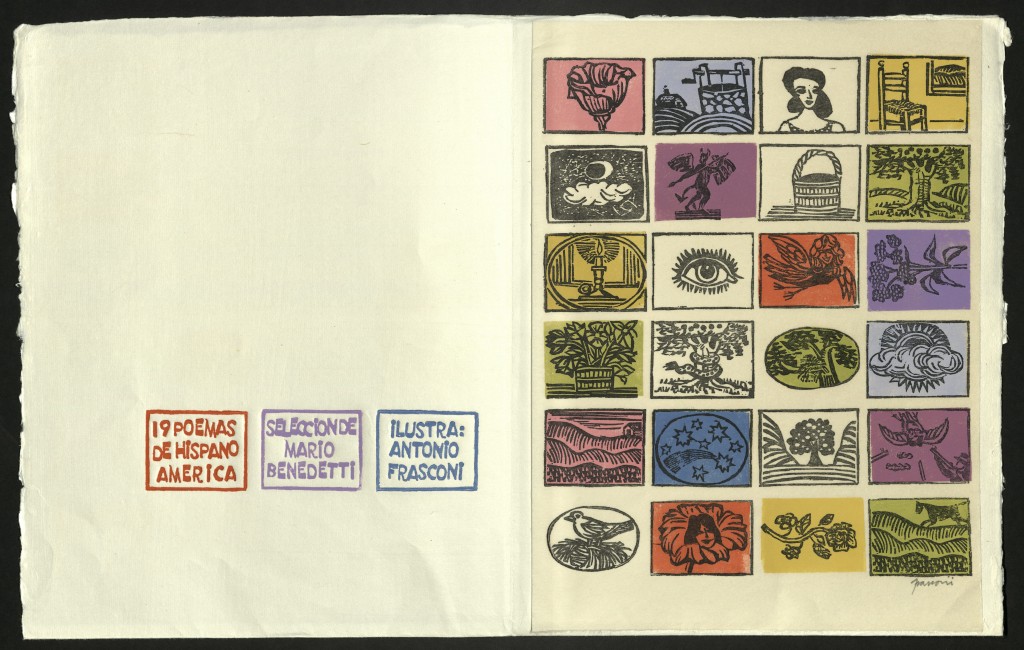
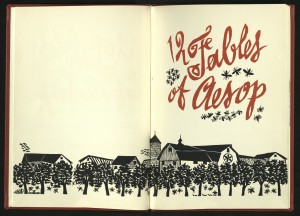
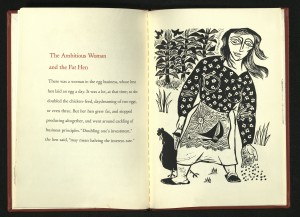
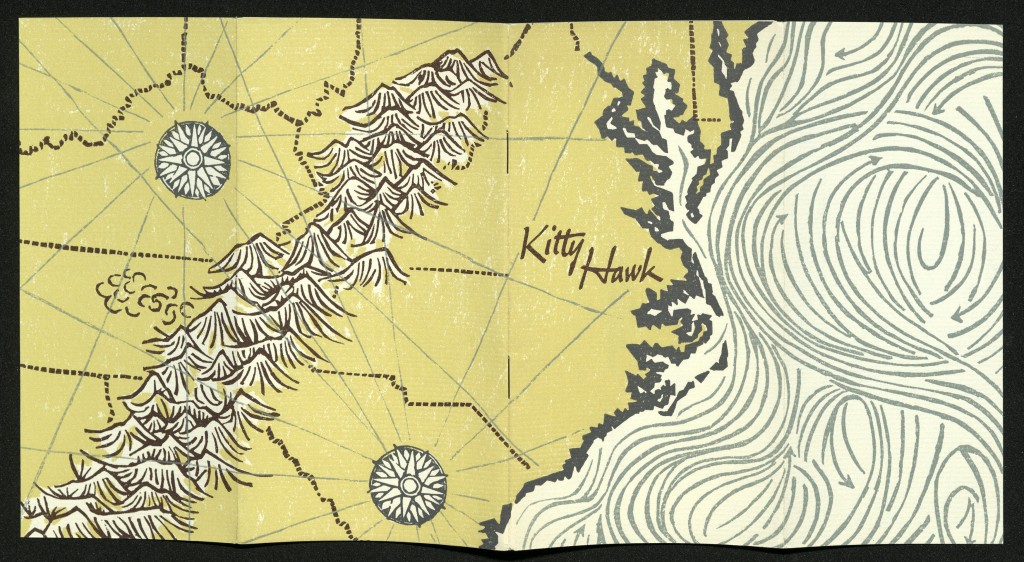

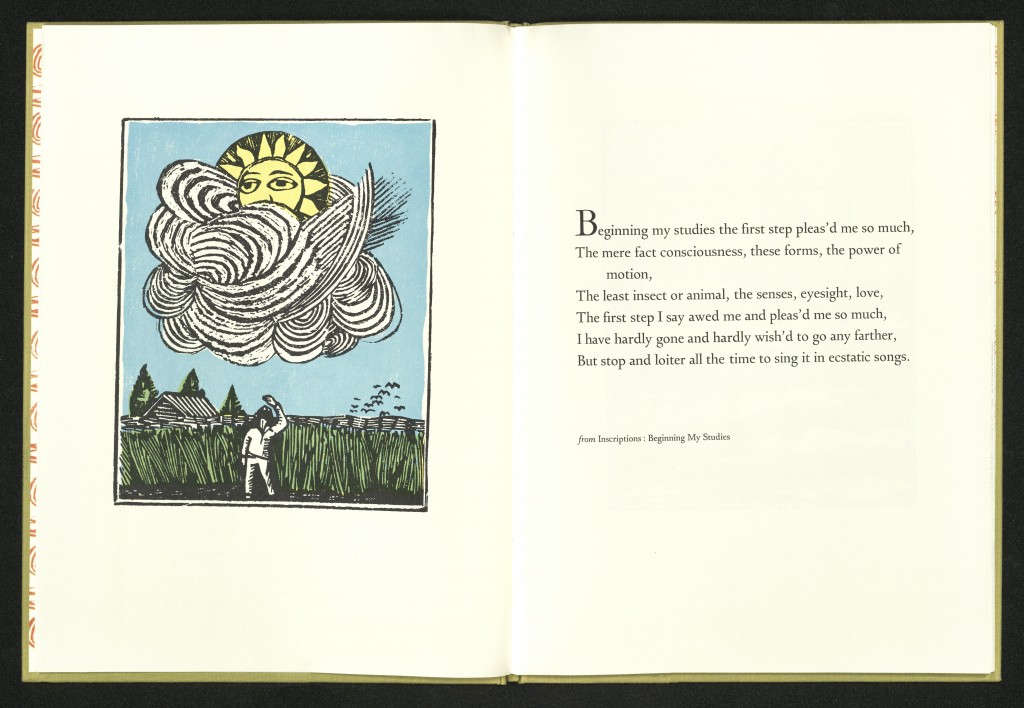
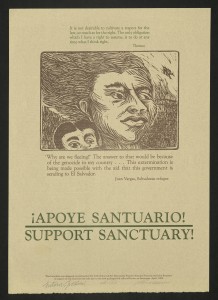
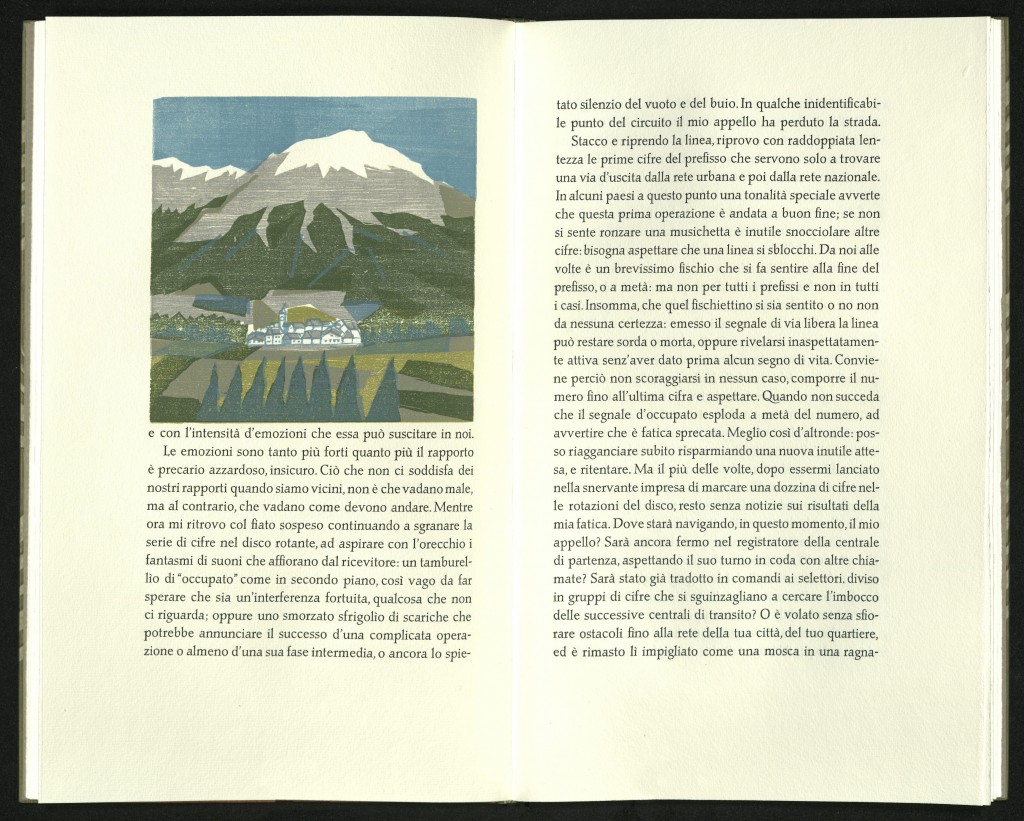
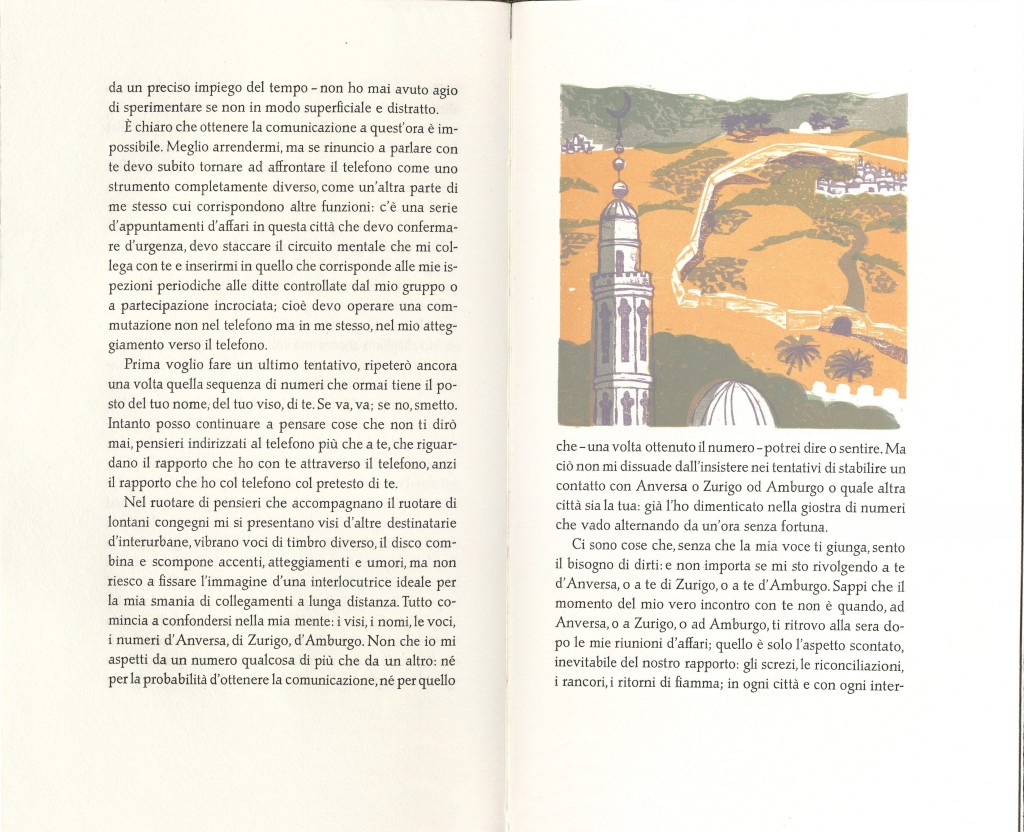
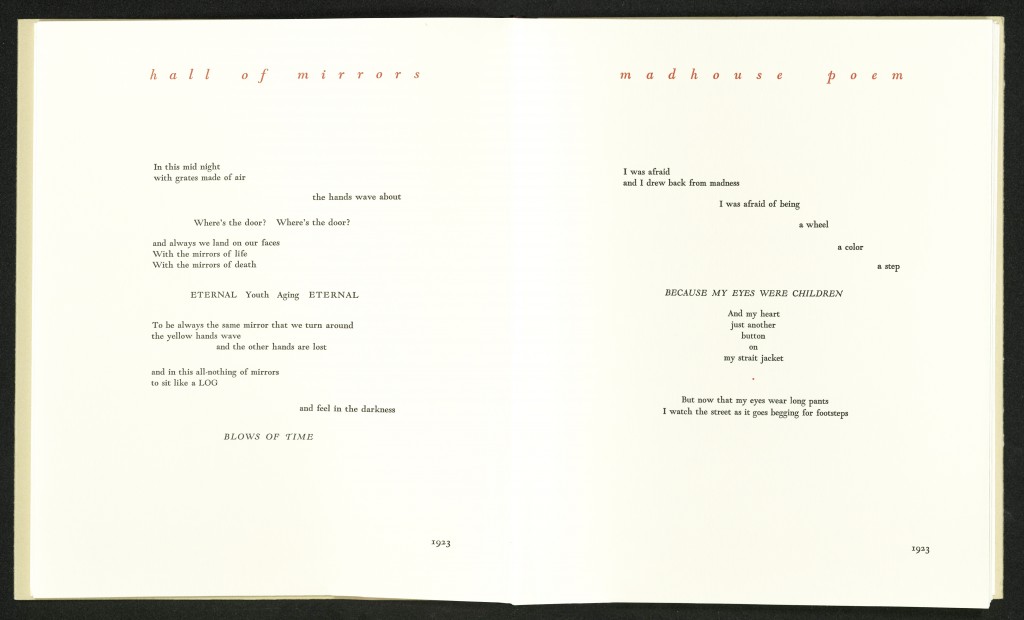

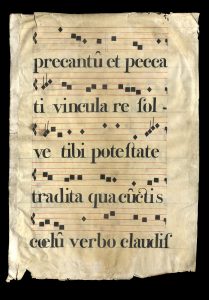
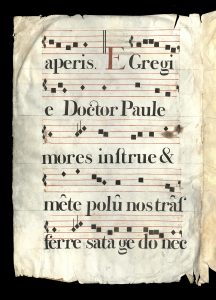
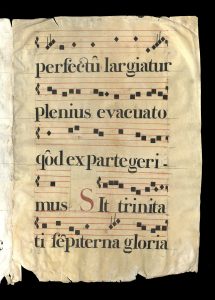
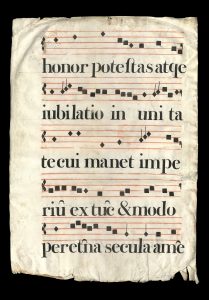
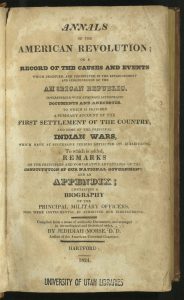
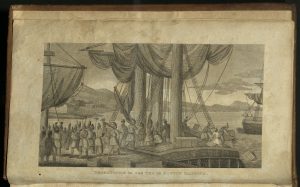
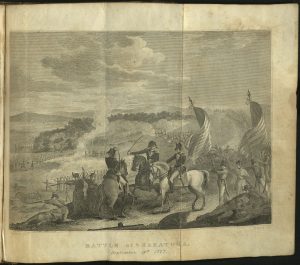
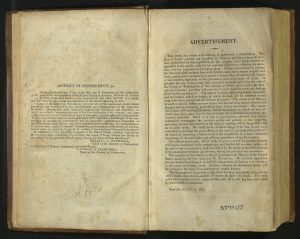
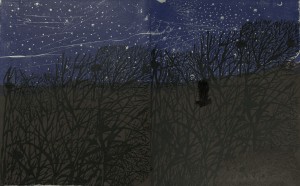
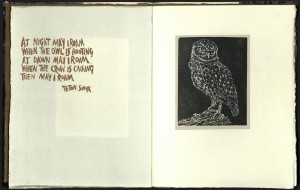
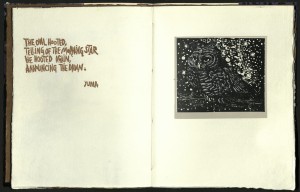
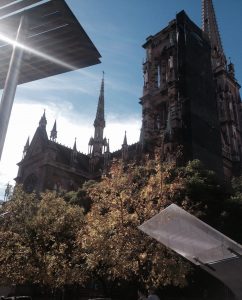
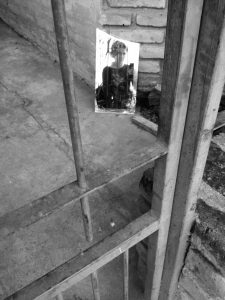
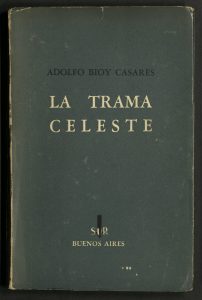
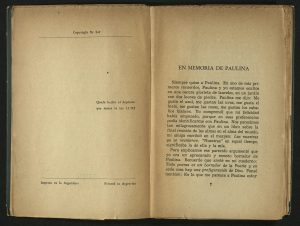
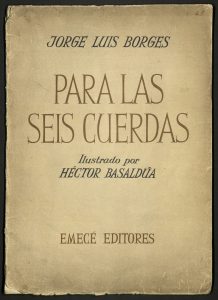
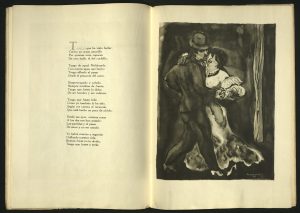
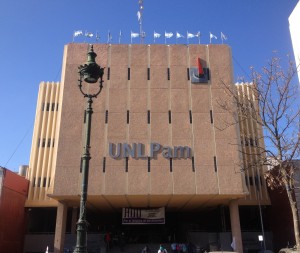
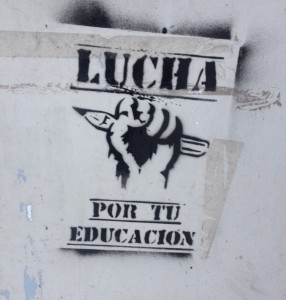

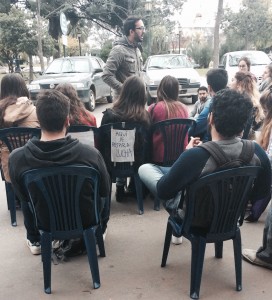
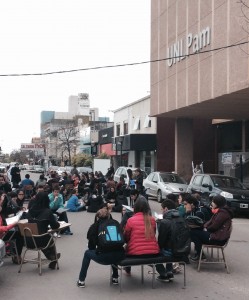
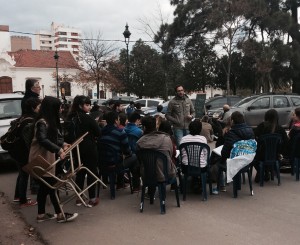
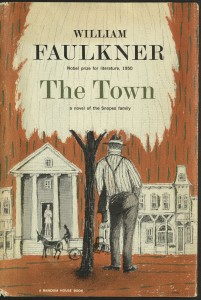
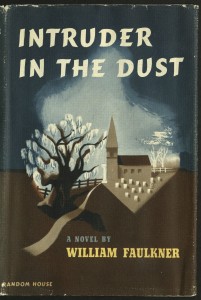
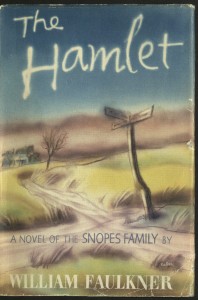
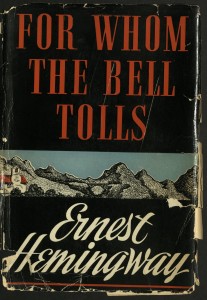
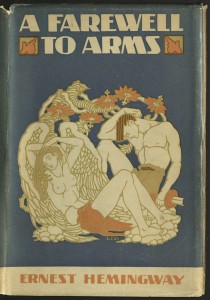
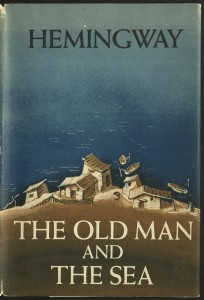
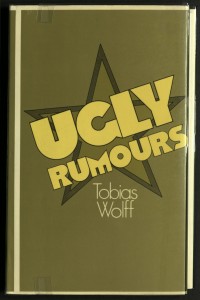
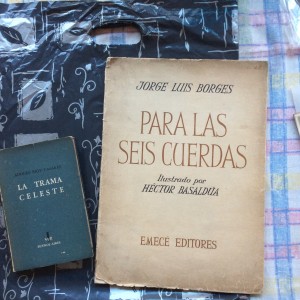


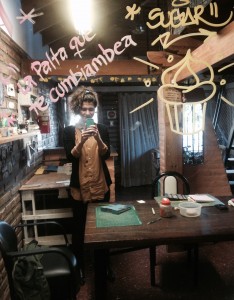
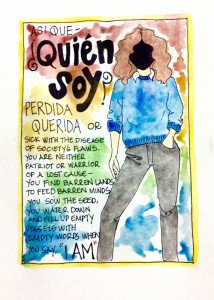
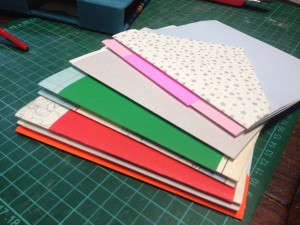
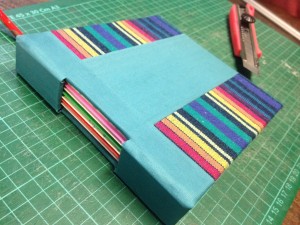
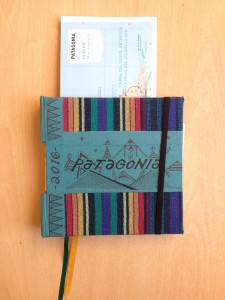
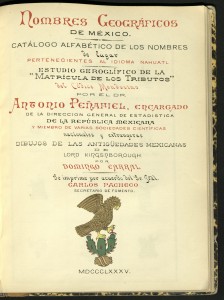
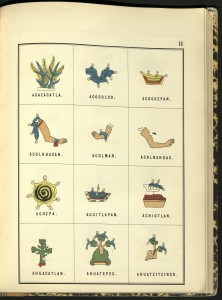
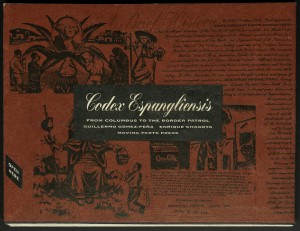
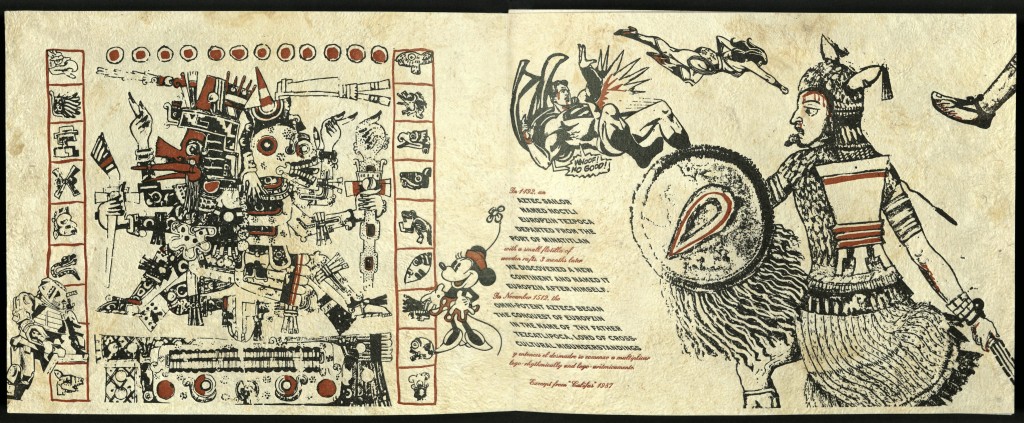
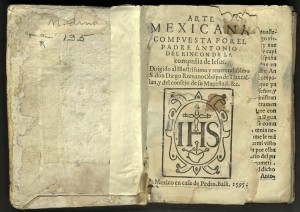
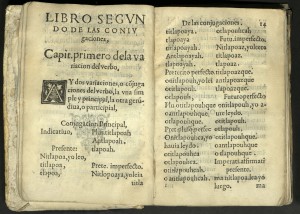
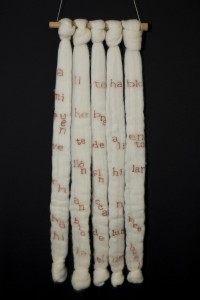
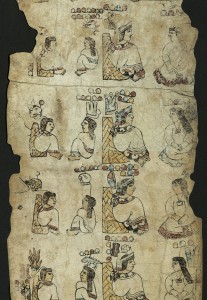
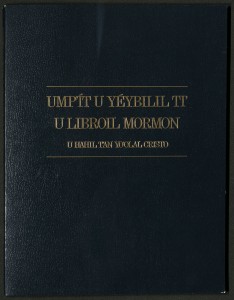
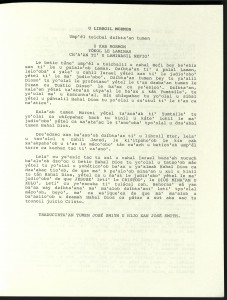
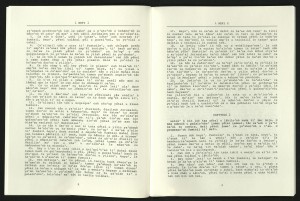
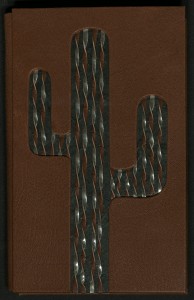
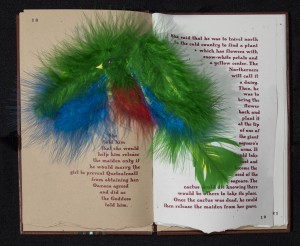
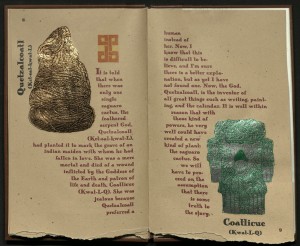
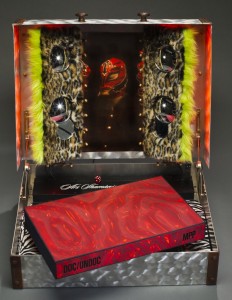






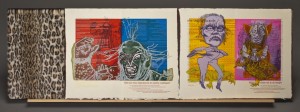

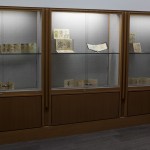
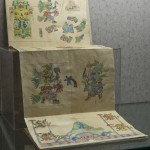
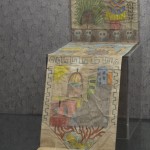
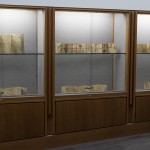
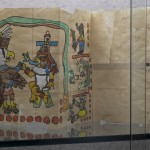
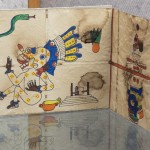
You must be logged in to post a comment.